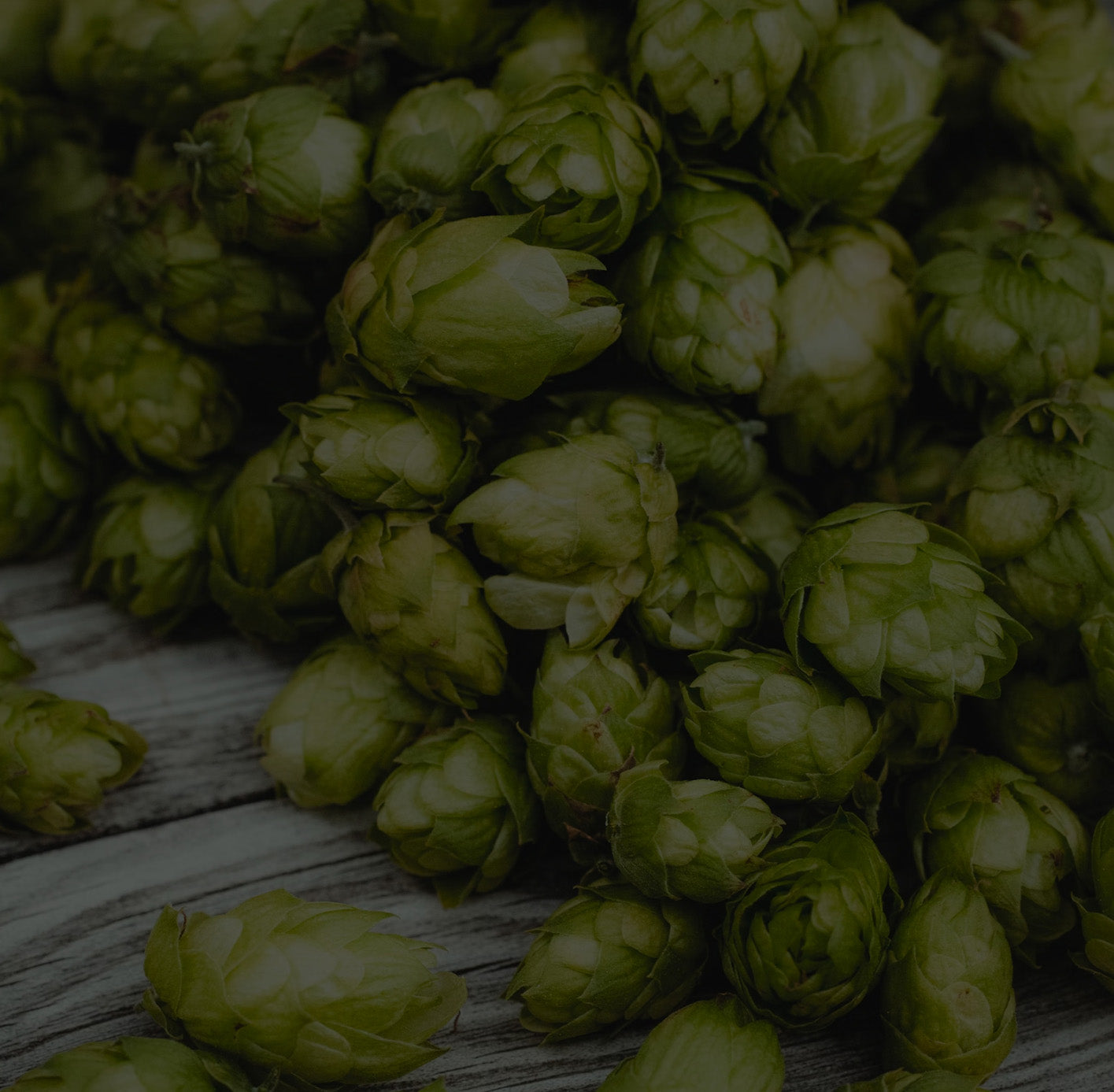
Cyser is (fermented honey cider) is a delightful combination of honey, apple juice, and yeast and it’s surprisingly easy to make at home. Thanks to the local flora and fauna we have in Asheville, NC, we were able to pick fresh apples from an orchard and use fresh honey straight from a honeycomb. We recommend you forage for fresh ingredients just like us because the best flavors are always straight from nature.
Full Brew Day Video
Watch us make cyser with honey and cider in the video below.
Benchmarks
OG: 1.064
FG: 1.012
ABV: 6.83%
Apples
This recipe is for a 5 gallon batch of honey cider. In order to make 5 gallons of apple juice, you will need 100 pounds of apples. To save money, we recommend going to a local orchard and asking for cider apples, or apples that are just blemished and bruised. These will be sold at a cheaper price than fresh apples and won’t impact the flavor.

Carrying fresh apples and cider apples back to our car
In order to get the juice out of your apples, you need to crush and press them. We crushed our apples using a motorized apple crusher, you can learn more about it by watching this video.

An apple going through the crusher
Beneath the output of the crusher, we put a 5-gallon bucket with a mesh bag inside. The mesh bag will help us press the apples.

We pressed our apples using a press just like this one. All we had to do was put our mesh bags into the press and spin it downwards. The force of the press will make fresh apple juice flow out, feel free to drink some if you want.

Ross spinning the apple press

Juice flowing out of the apple press
Pasteurization
In order to have a healthy fermentation that produces good flavors instead of “off” flavors, you’ll need to kill any bacteria that are living in your apple juice. For our honey cider, we chose to chemically pasteurize it using Potassium Metabisulfite.

This is a chemical compound that your local homebrew shop should sell. For a 5 gallon batch of cider, use ¼ of a teaspoon and let sit 24-48 hours before pitching yeast.
Honey
Up until this point we've only added apples to this particular beverage. If we were to stop here, it'd be traditional hard cider. However, we happened upon some local honey and decided to add it to the brew to create cyser.

This is where we got our honey from
We recommend adding enough honey to reach a starting gravity of at least 1.060, shoot for a higher number if you want a more alcoholic cider.
Honey adds 35 gravity points per pound of honey per gallon of cider.
In order to incorporate your honey into your cider you’ll need to do a “light decoction” as we called it. Heat up about a gallon of your pasteurized cider to around 140° F (60° C) and pour it into a bucket containing your honey.

You can use the temp probe that comes with our brewing controllers to monitor your cider while it's on the stove
Stir this up really well before pouring the rest of your cider in with the honey/cider solution.

Stirring everything together
Fermentation & Tasting
We used WLP028 Edinburgh Scottish Ale Yeast from White Labs to ferment this.

Edinburgh Scottish Ale Yeast
When we tasted this in order to make our brew day video we kegged it way to early. The flavor was nice and sweet, but the smell was way to sulfury, which is a sign of a young cider. We recommend pitching your yeast, throwing this cider into the cellar, and forgetting about it for 6 months before tasting it. Ciders are often aged in order to achieve a pleasing taste and smell, so we recommend you do the same.
If you like this recipe you should checkout some other cider recipes we've made






Leave a comment